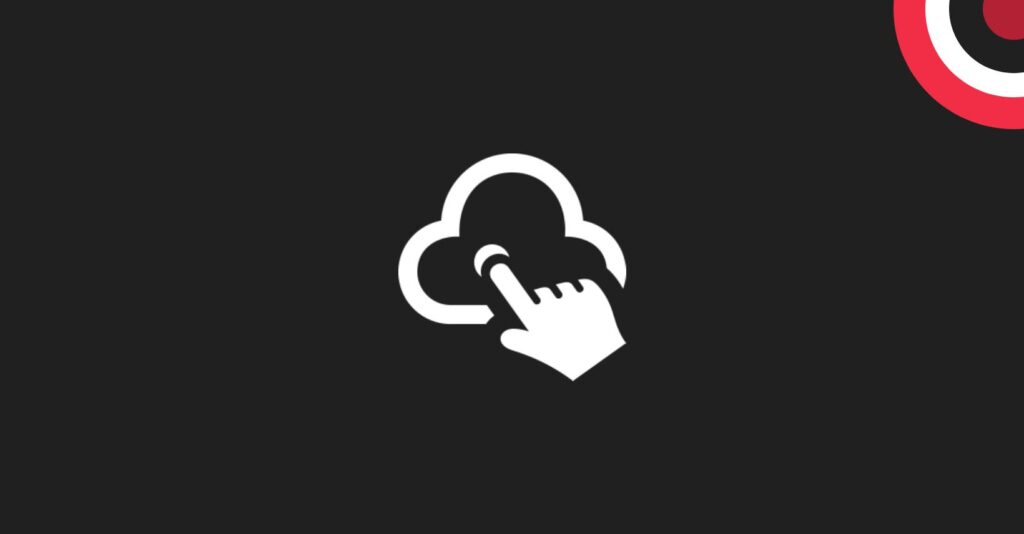
Server-Side Tagging: Taking Website Tracking to the Next Level
Dive into the world of server-side tagging! Learn how it works, why it's taking over, and how it offers advantages over traditional client-side tracking. Boost your data accuracy, security, and website speed with this cutting-edge technique.
Dive into the world of server-side tagging! Learn how it works, why it’s taking over, and how it offers advantages over traditional client-side tracking. Boost your data accuracy, security, and website speed with this cutting-edge technique.
What is Server-Side Tagging?
Traditionally, website tracking relied on client-side tagging, where scripts injected into the user’s browser sent data to third-party platforms. However, server-side tagging flips the script (pun intended!). It moves the tracking process to your server, acting as a middleman between your website and tracking tools. This server receives data from your website, processes it according to your rules, and then forwards it to the relevant platforms.
Example of Server-Side Tracking
Imagine a user signs up for your newsletter. A client-side tag would send their email directly to a marketing platform. With server-side tagging, the data goes to your server first. You can then validate the email, strip out any personally identifiable information (PII) for privacy compliance, and only send the necessary data to the platform.
Server-Side Tagging vs. Client-Side Tagging:
| Feature | Server-Side Tagging | Client-Side Tagging |
|---|---|---|
| Performance | Faster page load times due to fewer browser scripts | Can slow down loading due to script execution |
| Security | Better control over data, reducing risk of exposure | Data vulnerable to ad blockers and browser extensions |
| Privacy | Easier to comply with data privacy regulations by managing PII | Difficult to manage PII and ensure complete compliance |
| Flexibility | Greater control over data processing and manipulation | Limited data manipulation capabilities |
Benefits of Server-Side Tagging
- Improved Website Performance: Fewer scripts translate to faster loading times, enhancing user experience and SEO.
- Enhanced Data Security: A secure server environment protects data from unauthorized access and manipulation.
- Stronger Data Privacy Compliance: Control over data processing and PII removal simplifies compliance with GDPR, CCPA, and other regulations.
- Increased Flexibility: Server-side processing allows for data transformation, enrichment, and custom tracking solutions.
Why is the Industry Changing to Server-Side Tagging?
Growing concerns about data privacy, stricter regulations, and the limitations of client-side tagging are driving the shift toward server-side solutions. Additionally, the performance and flexibility benefits make it an attractive option for optimizing website tracking and analytics.
Consent and Server-Side Tagging
Server-side tagging doesn’t bypass the need for user consent for data collection. It’s crucial to implement proper consent management tools and ensure transparency in data practices.
What is Server-Side in Google Analytics?
Google Tag Manager now offers server-side containers, allowing you to manage all your tracking tags from a centralized location. This makes server-side implementation more accessible and user-friendly, even for non-technical users.
Conclusion
Server-side tagging represents a significant step forward in website tracking. Its security, privacy, and performance advantages make it the future of collecting and analyzing user data. While the initial setup might require technical expertise, the long-term benefits outweigh the challenges. Consider leaping and unlocking the full potential of server-side tagging for your website.
By adopting server-side tagging, you can gain a competitive edge, enhance user privacy, and unlock valuable insights from your website data. Get ready to embrace the future of tracking and analytics!
